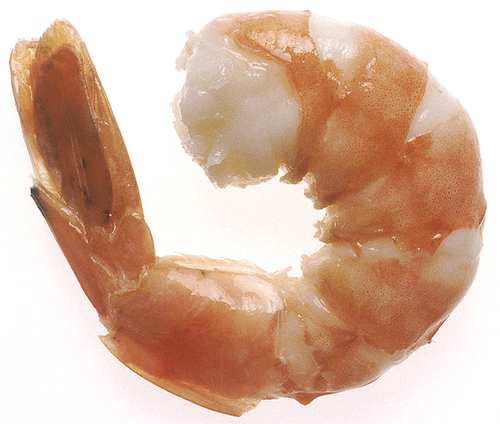About Shrimp
The term shrimp is used to refer to some decapod crustaceans, although the exact animals covered can vary. Used broadly, it may cover any of the groups with elongated bodies and a primarily swimming mode of locomotion – chiefly Caridea and Dendrobranchiata. In some fields, however, the term is used more narrowly, and may be restricted to Caridea, to smaller species of either group, or to only the marine species. Under the broader definition, shrimp may be synonymous with prawn, covering stalk-eyed swimming crustaceans with long narrow muscular tails, long whiskers and slender legs. They swim forwards by paddling with swimmerets on the underside of their abdomens. Read More
The term shrimp is used to refer to some decapod crustaceans, although the exact animals covered can vary. Used broadly, it may cover any of the groups with elongated bodies and a primarily swimming mode of locomotion – chiefly Caridea and Dendrobranchiata. In some fields, however, the term is used more narrowly, and may be restricted to Caridea, to smaller species of either group, or to only the marine species. Under the broader definition, shrimp may be synonymous with prawn, covering stalk-eyed swimming crustaceans with long narrow muscular tails, long whiskers and slender legs. They swim forwards by paddling with swimmerets on the underside of their abdomens. Crabs and lobsters have strong walking legs, whereas shrimp have thin fragile legs which they use primarily for perching. Shrimp are widespread and abundant. They can be found feeding near the seafloor on most coasts and estuaries, as well as in rivers and lakes. To escape predators, some species flip off the seafloor and dive into the sediment. They usually live from one to seven years. Shrimp are often solitary, though they can form large schools during the spawning season. There are thousands of species, and usually there is a species adapted to any particular habitat. Any small crustacean which resembles a shrimp tends to be called one. They play important roles in the food chain and are important food sources for larger animals from fish to whales. The muscular tails of shrimp can be delicious to eat, and they are widely caught and farmed for human consumption. Commercial shrimp species support an industry worth 50 billion dollars a year, and in 2010 the total commercial production of shrimp was nearly 7 million tonnes (see production chart on the right). Shrimp farming took off during the 1980s, particularly in China, and by 2007 the harvest from shrimp farms exceeded the capture of wild shrimp. There are significant issues with excessive bycatch when shrimp are captured in the wild, and with pollution damage done to estuaries when they are used to support shrimp farming. Many shrimp species are small as the term shrimp suggests, about 2 cm long, but some shrimp exceed 25 cm . Larger shrimp are more likely to be targeted commercially, and are often referred to as prawns, particularly in Britain.

